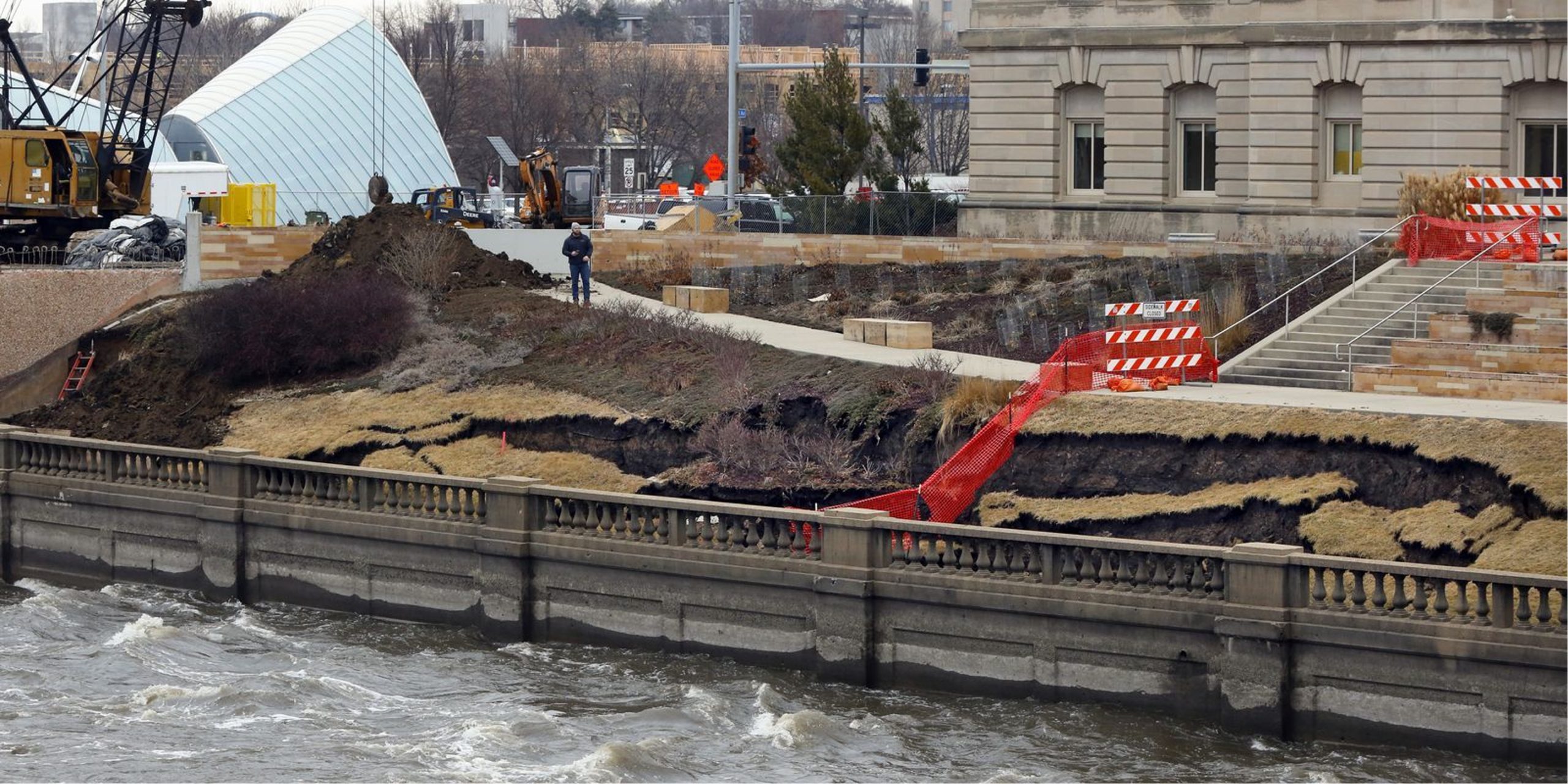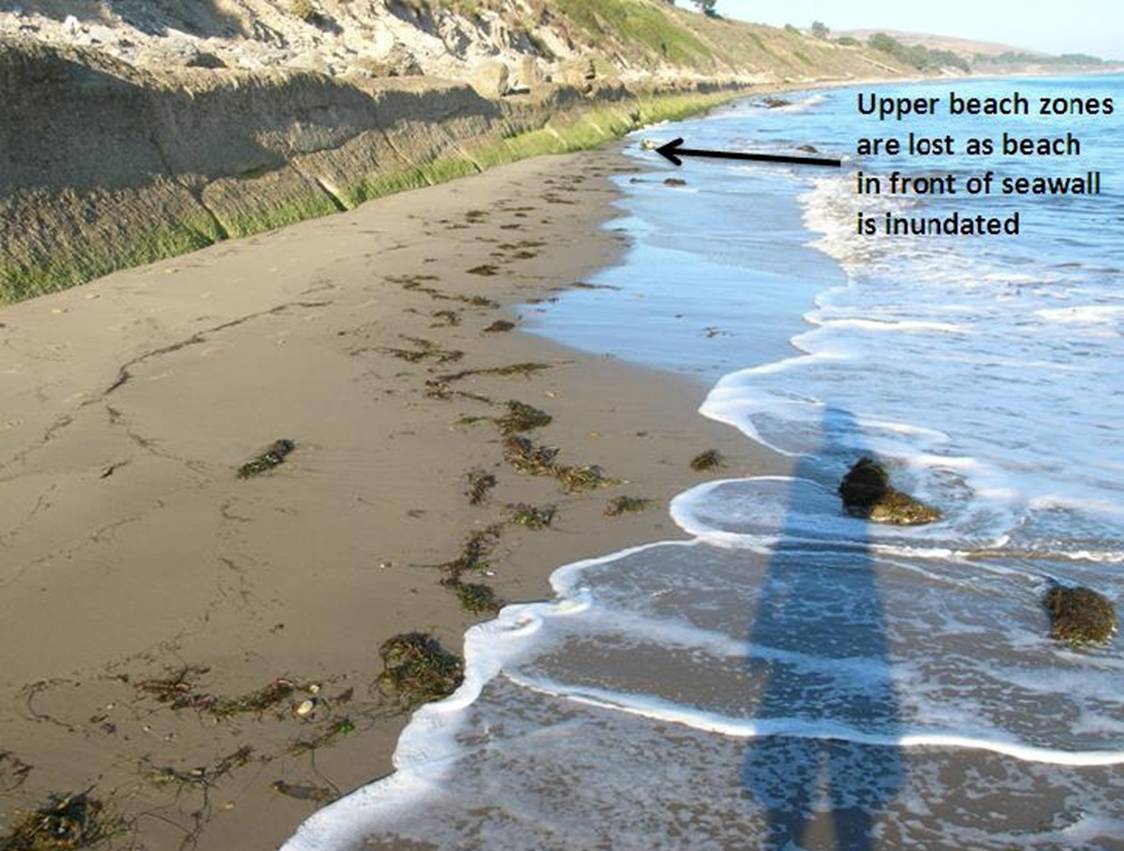7 Simple Techniques For Shore Protect Team
Table of ContentsThe 5-Minute Rule for Shore Protect TeamAn Unbiased View of Shore Protect TeamSome Known Details About Shore Protect Team Some Known Details About Shore Protect Team 4 Simple Techniques For Shore Protect TeamNot known Incorrect Statements About Shore Protect Team More About Shore Protect Team
Decrease in residential or commercial property value: As the area tourist is impacted by disintegration, so then is the economic situation. Buyers are much less most likely to look for a coastline residence that can be destroyed anytime by the upcoming flooding and erosion emergency situation. In turn, property value can drop tremendously and affect the entire area.Whether a coastline is simply little and crowded or has to close totally for the safety and security of the community and neighboring residential properties, this considerably influences tourist. Consequently, local economic situations are influenced (https://www.mixcloud.com/shrprtcttm/). Threat of injury: The increased threat of flooding and structural failings creates a raised threat of injury to nearby vacationers and neighborhood members

is home to more than 84,240 miles of coast with 41% of it revealed to the open ocean. Coastal engineers are in charge of securing the coastline versus modifications by lessening the damaging influences of both all-natural and synthetic events. Coastline stabilization is straight pertaining to their task. Beachfront resorts: Since shoreline disintegration influences tourist, it affects the success of waterside hotels.
Shore Protect Team Can Be Fun For Everyone
Coastal business businesses: No visitors suggests no service. Coastal state parks: State parks that exist along shorelines are at danger of damages.
Hard stabilization utilizes man-made frameworks as protection to control disintegration. Most forms of tough stabilization like seawalls and sheet metal are not excellent for shoreline stablizing.
Getting My Shore Protect Team To Work
There's likewise not nearly enough proof of their effectiveness depending on the sort of shoreline and neighborhood conditions. Hard stabilization strategies have a tendency to be extra challenging to set up and do not match the natural aesthetic, sticking out like a sore thumb and hurting regional ecological communities in several circumstances. Coastline nutrition is the procedure of including shed sand and sediment back to beaches after erosion has occurred.
TrapBags help in the procedure of beach nutrients by securing all-natural ecosystems and allowing plants to expand. While this process can be expensive and is not long-term, the pros often tend to exceed the cons. TrapBag obstacles deal numerous properties that make them ideal for seaside and shore erosion defense. They're: Environmentally pleasant: You can make use of native soil both to border and to fill the TrapBags.

10 Easy Facts About Shore Protect Team Shown
They can also be mounted without any type of hefty equipment. Economical: TrapBags are optimal for both tiny and huge areas of shoreline.
Incorporated with a high building expense, this has actually caused enhancing use various other soft design seaside monitoring options such as coastline replenishment. Seawalls are created from numerous products, the majority of frequently enhanced concrete, rocks, steel, or gabions. Various other feasible building and construction products consist of vinyl, wood, light weight aluminum, fiberglass composite, and naturally degradable sandbags made from jute and coir. The appropriate seawall design depends on location-specific elements, including surrounding disintegration procedures. There are three primary kinds of seawalls: upright, bent, tipped, and piles (see table listed below). A report released by the United Nations Atmosphere Programme (UNEP) suggests that the tidal wave of 26 December 2004 caused less damages in the areas where all-natural barriers existed, such as mangroves, reef or seaside plant life.
All-natural barriers, such as reef and mangrove woodlands, prevent the spread of tidal waves and the circulation of coastal waters and minimized the flooding and rise of water. A cost-benefit approach is an efficient method to identify whether a seawall is proper and whether the benefits are worth the cost.
Shore Protect Team for Beginners
A seawall is a fixed function which can conflict with the dynamic nature of the shore and restrain the exchange of sediment in between land and sea. Benefits and disadvantages of seawalls according to Short (1999) Advantages Downsides Long term solution in contrast to soft coastline nourishment (https://pastebin.com/u/shrprtcttm).

This can create coastlines to dissipate, rendering them useless for beach goers. Typically, seawalls can be a successful method to regulate seaside erosion, but only if they are constructed well and out of products that can endure the pressure of ongoing wave power. Some understanding is needed of the seaside procedures and morphodynamics certain to the seawall location.
Shore Protect Team for Beginners
Integrated with a high building expense, this has caused boosting use other soft engineering seaside monitoring alternatives such as coastline replenishment. Seawalls are built from various products, a lot of generally strengthened concrete, rocks, steel, or gabions. Other possible building and construction materials consist of vinyl, wood, aluminum, fiberglass composite, and biodegradable sandbags constructed from jute and coir. The ideal seawall design relies on location-specific aspects, consisting of bordering erosion procedures. There are three main types of seawalls: vertical, bent, stepped, and piles (see table below).
Natural obstacles, such as coral reefs and mangrove forests, protect against the spread of tidal waves and the circulation of coastal waters and alleviated the flood and surge of water. A cost-benefit approach is an effective method to determine whether a seawall is ideal and whether the advantages deserve the cost.
Shore Protect Team Things To Know Before You Buy
A seawall is a static attribute which can clash with the dynamic nature of the coast and hamper the exchange of sediment in between land and sea. The table listed below sums up some positive and unfavorable impacts of seawalls which can be used when comparing their efficiency with various other coastal monitoring choices, such as beach nutrition. [] Benefits and downsides of seawalls according to Short (1999) Benefits Negative aspects Long-term solution in comparison to soft coastline nutrition. Bulkhead construction.

This can cause beaches to dissipate, providing them pointless for coastline goers. Normally, seawalls can be a successful way to regulate seaside erosion, but just if they are constructed well and out of products that can withstand the force of recurring wave energy.